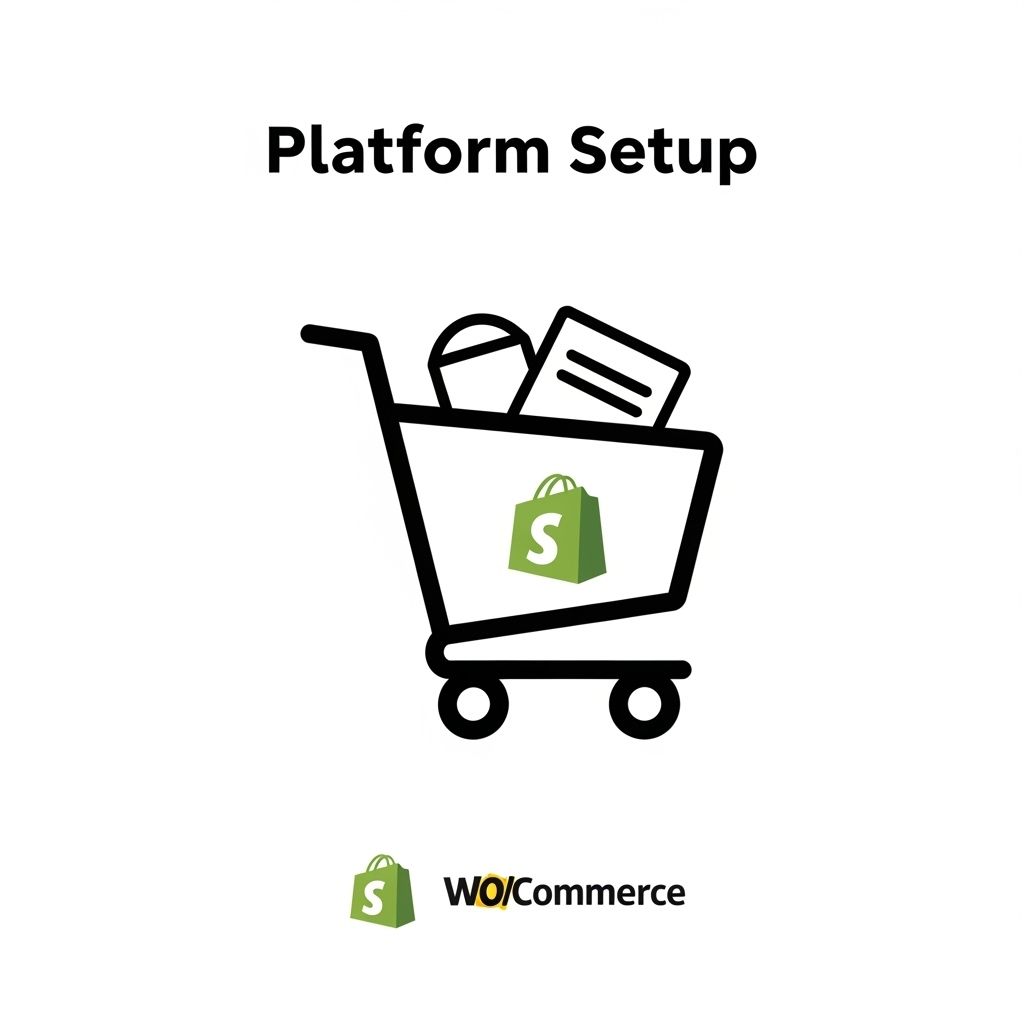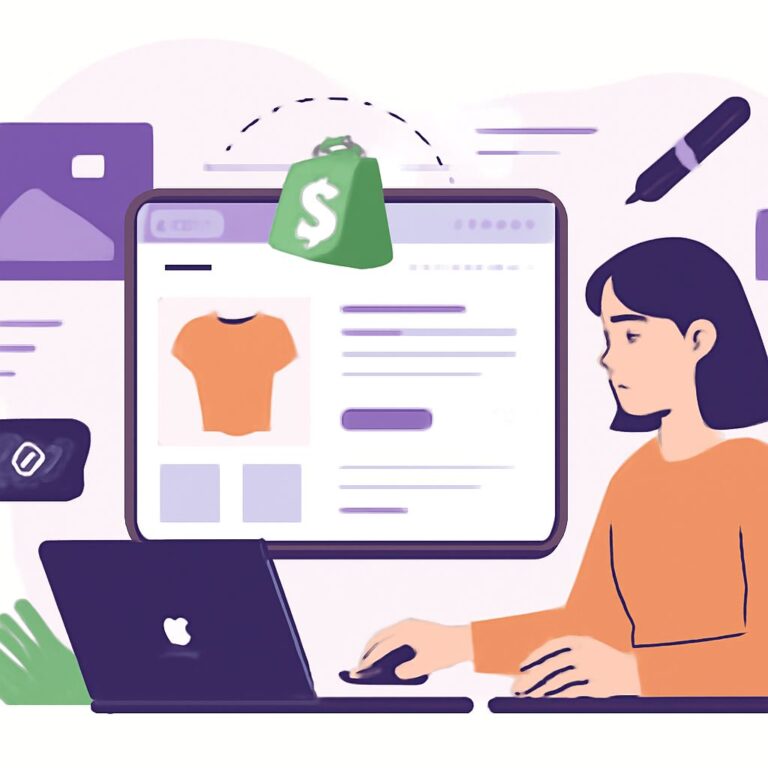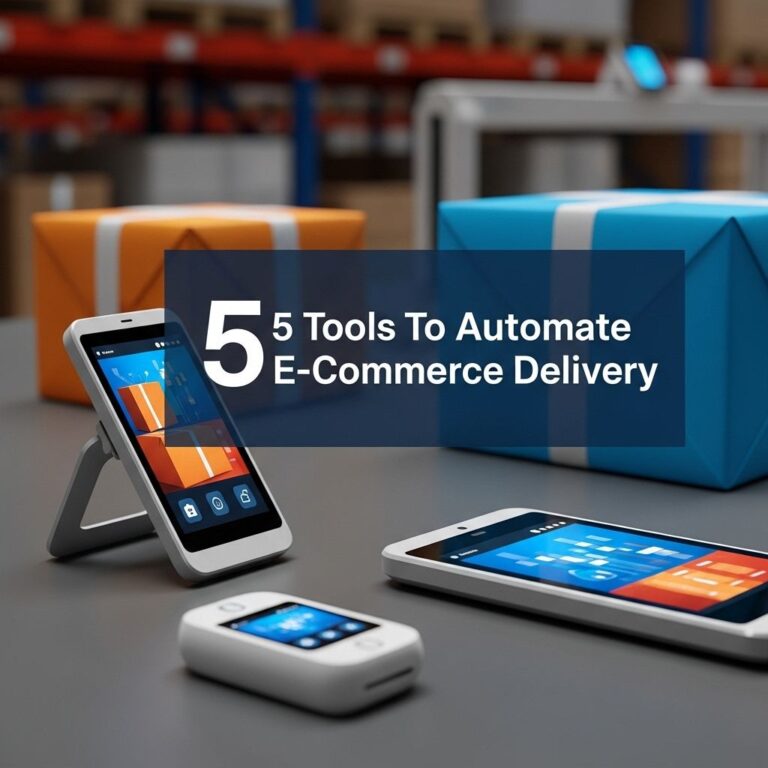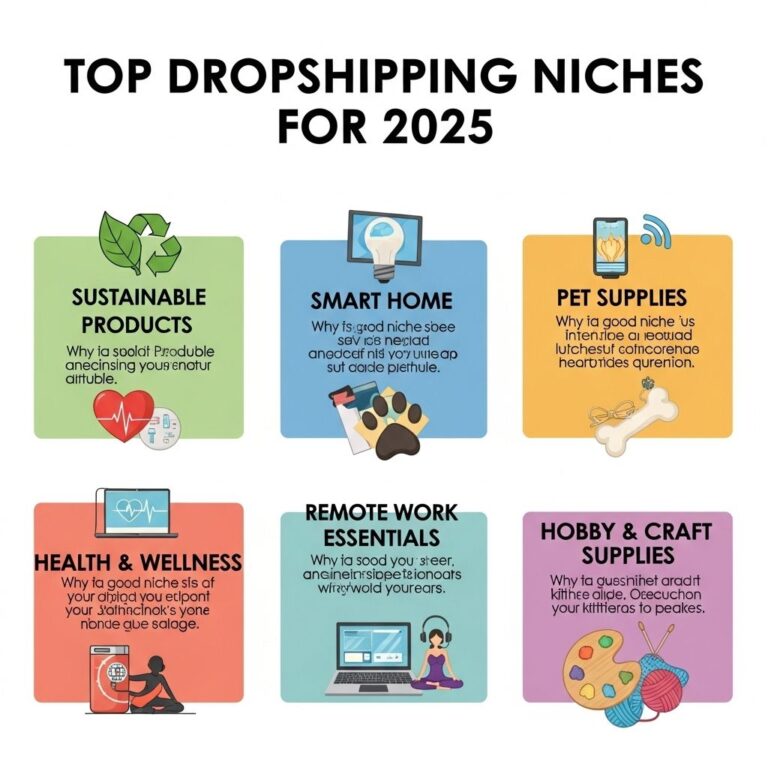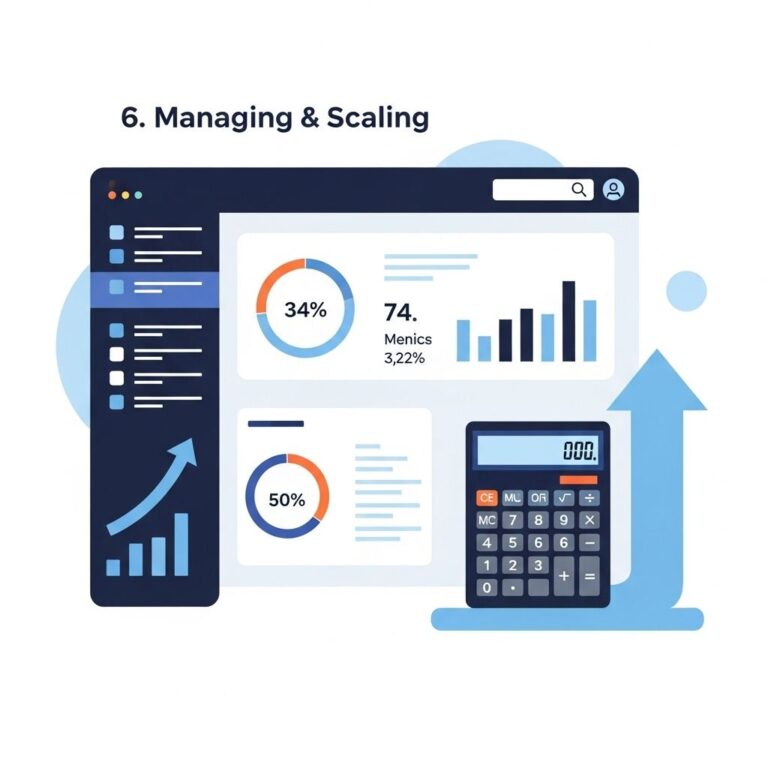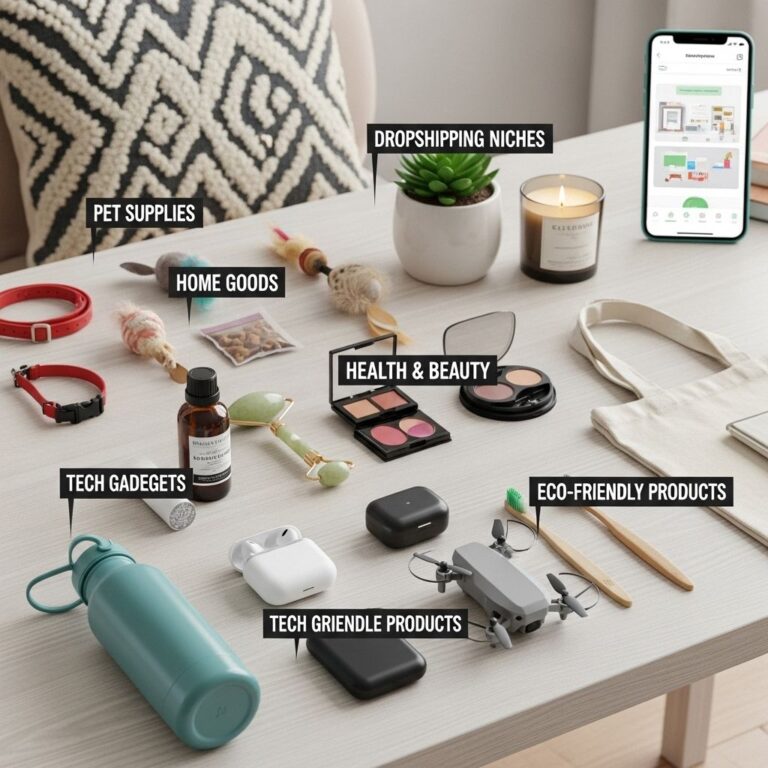Dropshipping has emerged as a compelling business model for aspiring entrepreneurs, allowing them to launch online stores without the need to hold inventory or manage shipping. In the wake of economic shifts and advancements in technology, 2023 presents a ripe opportunity to delve into dropshipping. This article provides a detailed roadmap for anyone looking to embark on this journey.
Table of Contents
Understanding Dropshipping
At its core, dropshipping is a retail fulfillment method where the store doesn’t keep the products it sells in stock. Instead, when a store sells a product, it purchases the item from a third party and has it shipped directly to the customer. This business model has gained traction due to its low overhead costs and flexibility.
Here’s a brief overview of how dropshipping works:
- Customer places an order on your online store.
- You forward the order and customer details to the supplier.
- The supplier ships the products directly to the customer.
- You earn the difference between your selling price and the supplier’s price.
Benefits of Dropshipping
There are several enticing advantages to consider when it comes to dropshipping:
- Low Startup Costs: You don’t need to invest heavily in inventory.
- Flexibility: You can manage your store from anywhere with an internet connection.
- Diverse Product Offerings: You can offer a wide variety of products without worrying about storage.
- Scalability: As sales increase, you can easily adjust your supplier orders.
- Minimal Risk: You only pay for products after you sell them.
Choosing a Niche
Selecting the right niche is crucial for your dropshipping business’s success. A well-defined niche helps in targeting your marketing efforts and building a customer base.
Factors to Consider When Choosing a Niche:
- Passion and Knowledge: Choose a niche that you are passionate about and knowledgeable in.
- Market Demand: Conduct market research to ensure there is sufficient demand.
- Profit Margins: Evaluate potential profit margins to ensure sustainability.
- Competition: Analyze the level of competition and find ways to differentiate yourself.
Finding Reliable Suppliers
Your supplier will play a significant role in your business’s success. A reliable supplier ensures timely delivery and quality products.
Top Platforms for Finding Suppliers:
- AliExpress: A popular choice with a vast range of products.
- Oberlo: Integrates with Shopify to help you find suppliers.
- SaleHoo: A directory of verified suppliers and manufacturers.
- Wholesale Central: A B2B directory with numerous suppliers.
Essential Tips for Vetting Suppliers:
- Check reviews and ratings from other dropshippers.
- Order samples to assess product quality.
- Communicate with suppliers to gauge responsiveness.
- Verify their shipping times and policies.
Setting Up Your Online Store
Once you’ve selected your niche and suppliers, the next step is to create your online store. There are several platforms available to help you set up a fully functional e-commerce site.
Popular E-commerce Platforms:
| Platform | Features | Best For |
|---|---|---|
| Shopify | User-friendly, customizable, integrates with multiple apps | Beginners |
| WooCommerce | Highly customizable, built on WordPress | Those familiar with WordPress |
| BigCommerce | Scalable, powerful built-in features | Growing businesses |
| Wix | Drag-and-drop design, easy setup | Small businesses |
Once you’ve chosen a platform, focus on the following:
- Design: Create an attractive and user-friendly design that reflects your brand.
- Mobile Responsiveness: Ensure your site is optimized for mobile devices.
- Payment Gateway: Set up secure payment options for your customers.
Marketing Your Dropshipping Store
Effective Marketing Strategies:
- Search Engine Optimization (SEO): Optimize your website content to rank higher in search engines.
- Social Media Marketing: Utilize platforms like Instagram and Facebook to reach potential customers.
- Email Marketing: Build an email list to communicate promotions and new products.
- Content Marketing: Create valuable content to engage and educate your audience.
Managing Customer Service and Returns
Excellent customer service can differentiate your business in a competitive market. Make sure you have a clear policy on returns and customer service.
Key Elements of Customer Service:
- Responsive communication channels (chat, email, phone).
- Clear return and refund policy.
- Transparent shipping information.
Tracking Your Performance
Once your store is operational, continuously monitor its performance to identify areas for improvement. Leverage analytics tools to track your metrics.
Key Performance Indicators (KPIs) to Track:
- Conversion Rate: Percentage of visitors who make a purchase.
- Customer Acquisition Cost: Cost associated with acquiring a new customer.
- Average Order Value: Average amount spent by customers per order.
- Return Rate: Percentage of customers who return products.
Scaling Your Business
As your business begins to grow, consider strategies for scaling up. This may involve expanding your product range, reaching new markets, or increasing your marketing budget.
Strategies for Scaling:
- Automate processes where possible using software tools.
- Explore new sales channels, such as marketplaces like Amazon or eBay.
- Consider hiring virtual assistants to manage customer service or marketing tasks.
The Future of Dropshipping
The dropshipping landscape is continually evolving. Staying informed about industry trends and consumer preferences will help you adapt your business strategy accordingly. With the right approach and commitment, 2023 can be the year you successfully launch and grow your dropshipping business.
FAQ
What is dropshipping and how does it work?
Dropshipping is a retail fulfillment method where a store doesn’t keep the products it sells in stock. Instead, when you sell a product, you purchase the item from a third party and have it shipped directly to the customer.
What are the initial steps to start a dropshipping business?
To start a dropshipping business, you need to choose a niche, conduct market research, select reliable suppliers, create an online store, and develop a marketing strategy to attract customers.
Which platforms are best for starting a dropshipping business?
Popular platforms for dropshipping include Shopify, WooCommerce, and BigCommerce. These platforms offer user-friendly interfaces and integrations with various suppliers.
What are the key factors to consider when choosing a dropshipping supplier?
When choosing a dropshipping supplier, consider their reliability, product quality, shipping times, pricing, and customer service to ensure a smooth operation.
How can I effectively market my dropshipping store?
Effective marketing strategies for a dropshipping store include utilizing social media marketing, search engine optimization (SEO), email marketing, and paid advertising to drive traffic and increase sales.
What are the common challenges faced in dropshipping and how to overcome them?
Common challenges in dropshipping include inventory management, supplier issues, and competition. To overcome these, maintain strong communication with suppliers, use inventory management tools, and differentiate your products through branding and customer service.

